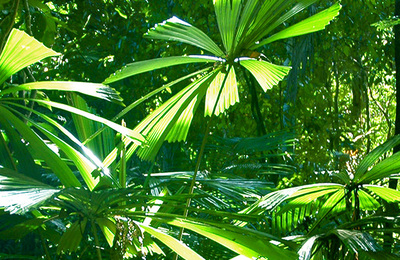
Rainforests
Rainforests are forests which grow in areas of high rainfall. Tropical rainforests are found between the Tropic of Cancer and the Tropic of Capric...
We have a wealth of resources, news and advice for parents and carers to use. Whether it's just for fun or home schooling - YPTE has it.
Image credit: CK, Carl, Carlo, Carlito

Rainforests are forests which grow in areas of high rainfall. Tropical rainforests are found between the Tropic of Cancer and the Tropic of Capric...
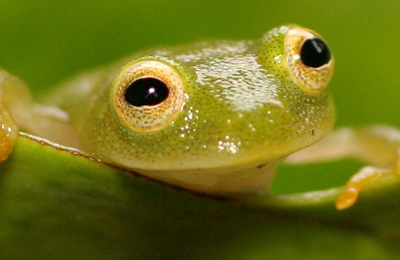
Animals of the rain forests are provided with a variety of habitats in the different layers of the forest trees. Some live at the top of the talles...
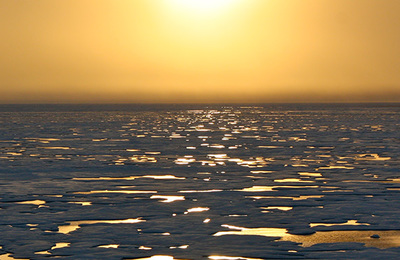
Global warming is the increase of average world temperatures as a result of what is known as the greenhouse effect.
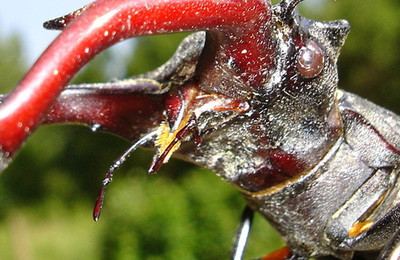
You are only a few steps away from an amazing environmental adventure... Where? In your own back garden! Just check out some of these beasties.
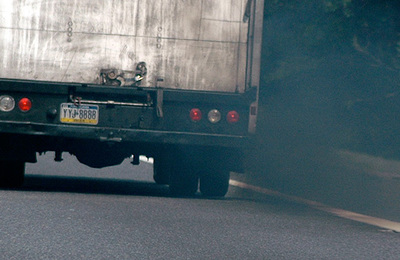
Pollution is the introduction of contaminants into the natural environment that cause adverse change.
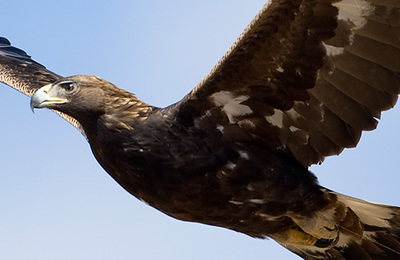
Some lovely birds
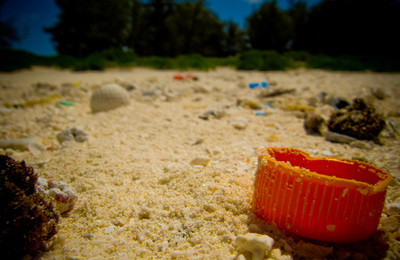
The new findings were released at the American Association for the Advancement of Science's annual meeting. The amount of plastic reaching the oce...
For the competition, young people aged 11-18 are invited to create a short video clip sharing their views on the environmental issues that concern ...
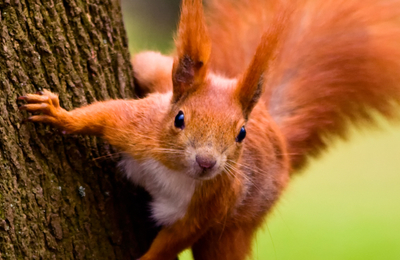
Photo right: grey squirrel by Alexander Law But they also damaged native trees like oak and beech by stripping their bark and that damage now am...
Hop, skip, jump, run, slither, slide, glide, fly, swim, burrow, climb, soar, hover, creep, crawl, wiggle – the list of ways animals move is endless...
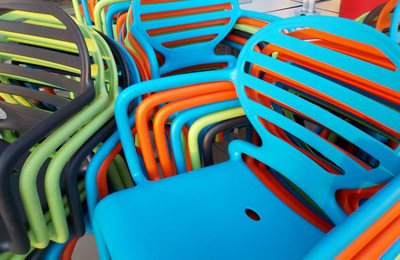
No matter where you look these days, you're likely to spot something made of plastic. It can be shaped in all kinds of ways, it can be really thin...
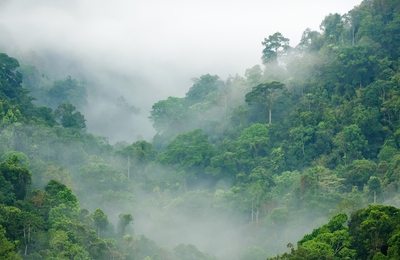
Imagine that you’re in a thick, dark forest. It’s very hot and sticky and the sweat soaks your t-shirt. You can hear the sound of wild animals all ...
Here is a short video to explain the greenhouse effect. Great for teachers to use in lessons!
Find out about renewable energy, including wind turbines, tidal turbines, solar power (photovoltaics, solar heating and solar power stations) and w...
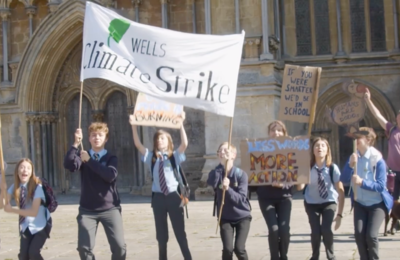
An introduction to climate change for use in the classroom. Recommended for Years 5-9.